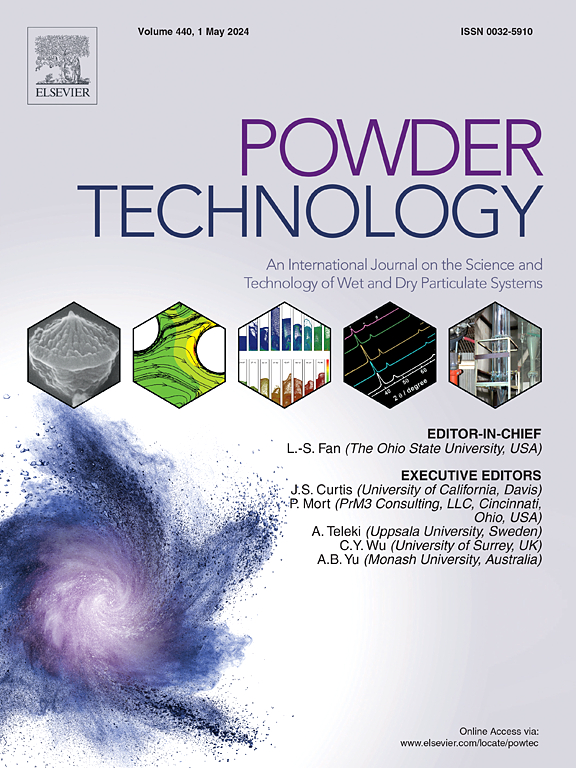Workflow based on GANs and CNNs towards a digital twin for the 3D morphological characterization of latex aggregates
IF 4.5
2区 工程技术
Q2 ENGINEERING, CHEMICAL
引用次数: 0
Abstract
This paper presents a workflow for estimating the 3D morphological characteristics of latex aggregates from 2D in-situ images using deep learning and stochastic geometry models. The method includes automatic image segmentation using a Convolutional Neural Network (CNN), 3D object generation using a Generative Adversarial Network (GAN), and estimation of 3D characteristics. Validation with synthetic datasets shows effective size, shape, and texture characterization, with the Mean Absolute Percentage Error (MAPE) for morphological characteristics of generated objects being around 5% at most. Application to real in-situ images demonstrates feasibility and consistency with experimental observations, successfully generating a digital twin of the latex aggregate population. The method’s flexibility and efficiency make it suitable for real-time industrial applications, offering potential for process monitoring and quality control. Future work will focus on enhancing model performance and adapting to different particle types for broader applicability in various industrial settings.
基于gan和cnn的乳胶聚集体三维形态表征的数字孪生工作流
本文提出了一种利用深度学习和随机几何模型从二维原位图像中估计乳胶聚集体三维形态特征的工作流程。该方法包括使用卷积神经网络(CNN)的自动图像分割,使用生成对抗网络(GAN)的3D对象生成以及3D特征估计。对合成数据集的验证显示了有效的尺寸、形状和纹理表征,生成的物体形态特征的平均绝对百分比误差(MAPE)最多在5%左右。应用于真实的原位图像验证了其可行性和与实验观察结果的一致性,成功地生成了乳胶聚集体的数字孪生。该方法的灵活性和高效性使其适合于实时工业应用,为过程监控和质量控制提供了潜力。未来的工作将集中在提高模型性能和适应不同的颗粒类型,以更广泛地适用于各种工业环境。
本文章由计算机程序翻译,如有差异,请以英文原文为准。
求助全文
约1分钟内获得全文
求助全文
来源期刊

Powder Technology
工程技术-工程:化工
CiteScore
9.90
自引率
15.40%
发文量
1047
审稿时长
46 days
期刊介绍:
Powder Technology is an International Journal on the Science and Technology of Wet and Dry Particulate Systems. Powder Technology publishes papers on all aspects of the formation of particles and their characterisation and on the study of systems containing particulate solids. No limitation is imposed on the size of the particles, which may range from nanometre scale, as in pigments or aerosols, to that of mined or quarried materials. The following list of topics is not intended to be comprehensive, but rather to indicate typical subjects which fall within the scope of the journal's interests:
Formation and synthesis of particles by precipitation and other methods.
Modification of particles by agglomeration, coating, comminution and attrition.
Characterisation of the size, shape, surface area, pore structure and strength of particles and agglomerates (including the origins and effects of inter particle forces).
Packing, failure, flow and permeability of assemblies of particles.
Particle-particle interactions and suspension rheology.
Handling and processing operations such as slurry flow, fluidization, pneumatic conveying.
Interactions between particles and their environment, including delivery of particulate products to the body.
Applications of particle technology in production of pharmaceuticals, chemicals, foods, pigments, structural, and functional materials and in environmental and energy related matters.
For materials-oriented contributions we are looking for articles revealing the effect of particle/powder characteristics (size, morphology and composition, in that order) on material performance or functionality and, ideally, comparison to any industrial standard.
 求助内容:
求助内容: 应助结果提醒方式:
应助结果提醒方式:


